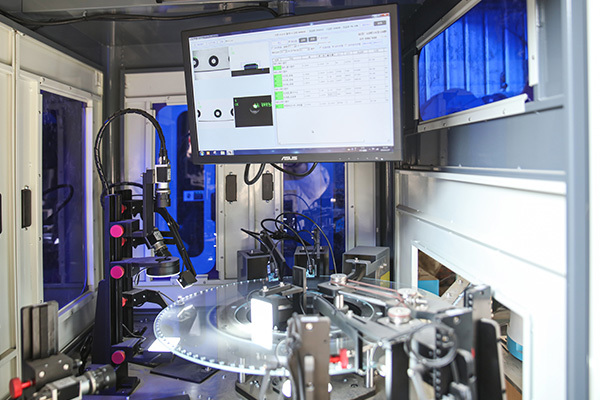Technical Guide for Installation of Rivet Nuts
22 May,2024

Technical Guide for Rivet Nut Installation
Introduction to 1.
Rivet nut is a kind of connecting fastener, which is widely used in the connection and fixation of various material surfaces. In order to ensure the quality of its installation, this guide provides detailed installation steps and precautions.
2. installation steps
1. Preparation: Confirm that the specifications and quantity of the riveting nut are consistent with the requirements, and check the material, thickness and surface state of the installation base material (such as plate) to ensure that there is no oil stain, rust, etc.
2. Select the appropriate pressure riveting tool: According to the type of pressure riveting nut and the material of the base material, select the appropriate pressure riveting equipment to ensure the normal function of the equipment.
3. Positioning and marking: Determine the installation position on the substrate and use the template for positioning to ensure the accurate position of the screw hole.
4. Pre-drilling: According to the size of the riveting nut, use a suitable drill to pre-drill to ensure that the aperture matches the nut.
5. Install the pressure rivet nut: put the pressure rivet nut into the pre-drilled hole, and use the pressure rivet equipment to press the nut into the substrate to ensure that the nut is tightly combined with the substrate.
6. Check the installation quality: check the installation depth, tightness and surface flatness of the pressure riveting nut to ensure that it meets the requirements.
3. considerations
1. Selection: According to the material, thickness and connection requirements of the base material, select the appropriate rivet nut model.
2. Pretreatment: Ensure that the surface of the substrate is clean, free of oil stains, rust, etc. to improve the quality of the connection.
3. Operation specification: Follow the operation specification of pressure riveting equipment to ensure safe and efficient installation.
4. Regular inspection: Regularly inspect the riveting nut to ensure that it is in good condition, and replace the damaged nut in time.
5. Storage and transportation: Rivet nuts should be stored in a dry and ventilated environment to avoid moisture and corrosion. During transportation, collision and extrusion should be prevented to avoid damage.
4. Maintenance and Maintenance
1. Regularly check the tightening state of the rivet nut to ensure that its tightness meets the requirements.
2. If there is any loose or damaged rivet nut, it should be tightened or replaced in time.
3. Keep the substrate surface clean, to prevent oil, rust and other effects on the quality of the connection.
5. Summary
This guide provides installation procedures, precautions, and maintenance methods for rivet nuts. By following this guide, you can ensure the installation quality of the rivet nut and improve the connection reliability. If you have any questions, please consult a professional in time.
Previous Page:
Contact Us
Telephone:
+86-310-4565518
Mobile:
+86 18732075756
+86 13832075756
E-mail:
Address:
Yongnian District Hebei Pu China International Industrial City West 10-4







